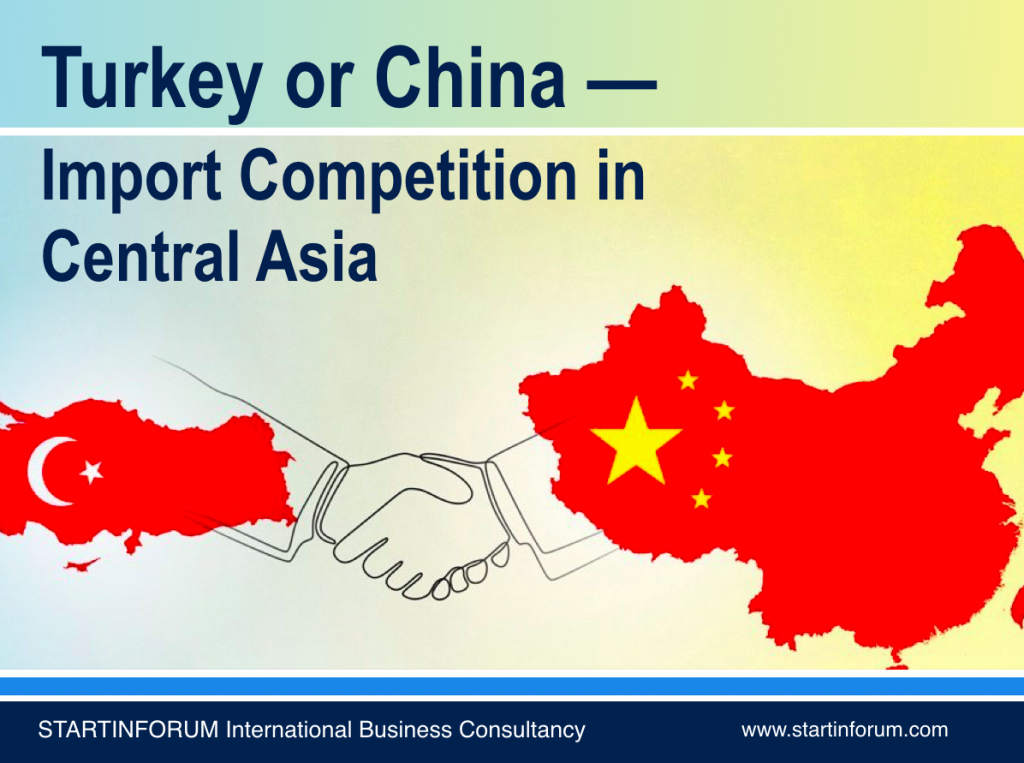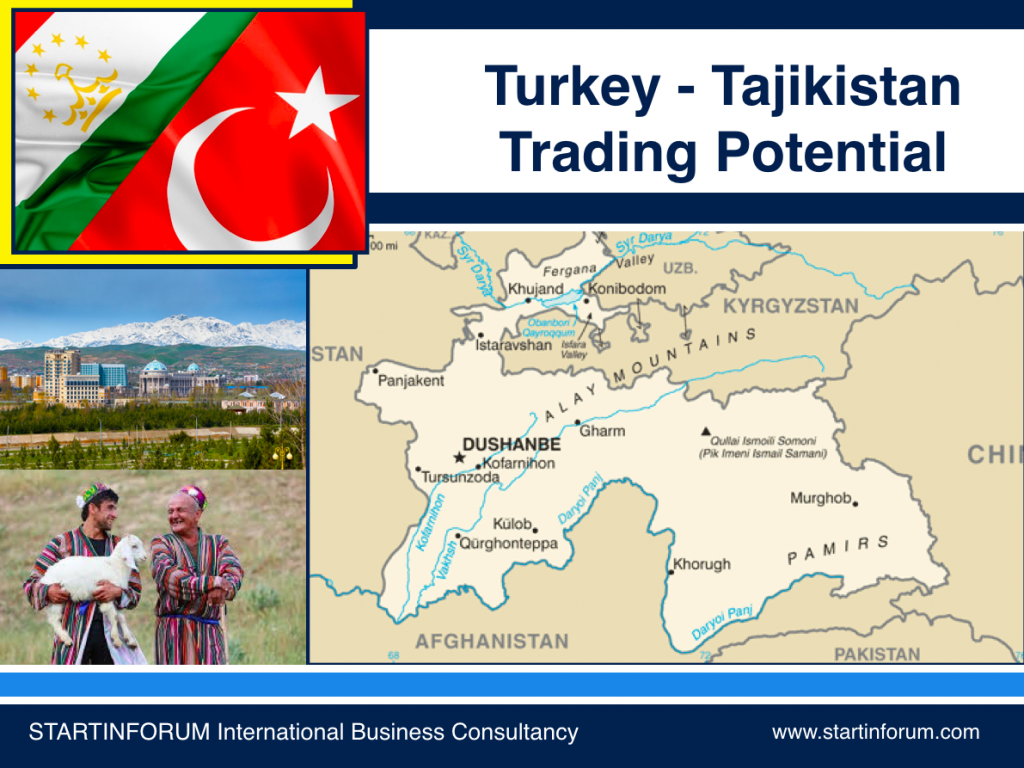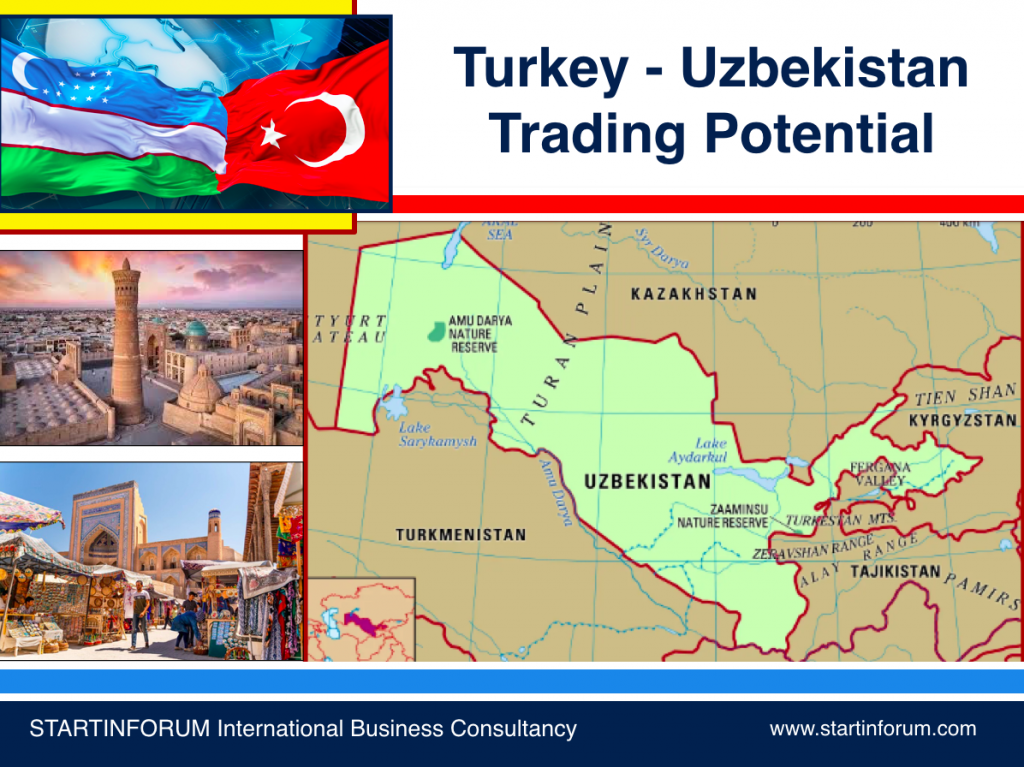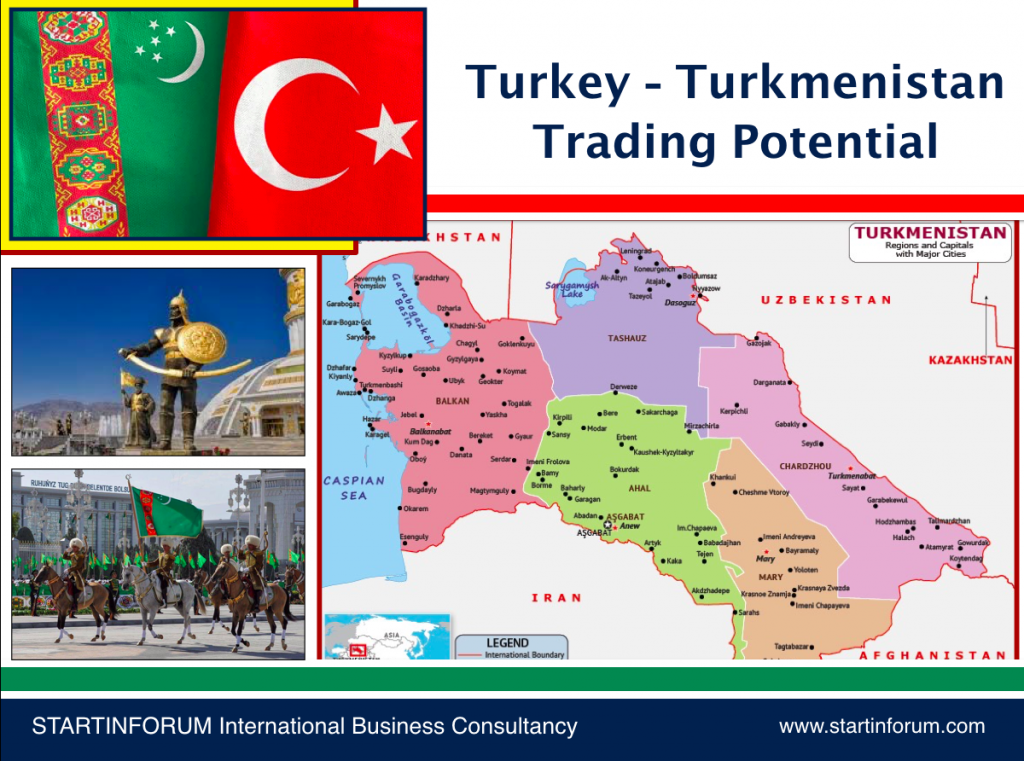Considering all factors – historical trade performance, current strategic priorities, economic conditions, and recent government statements for 2025 – Germany should be targeted with Turkish export in the first place.
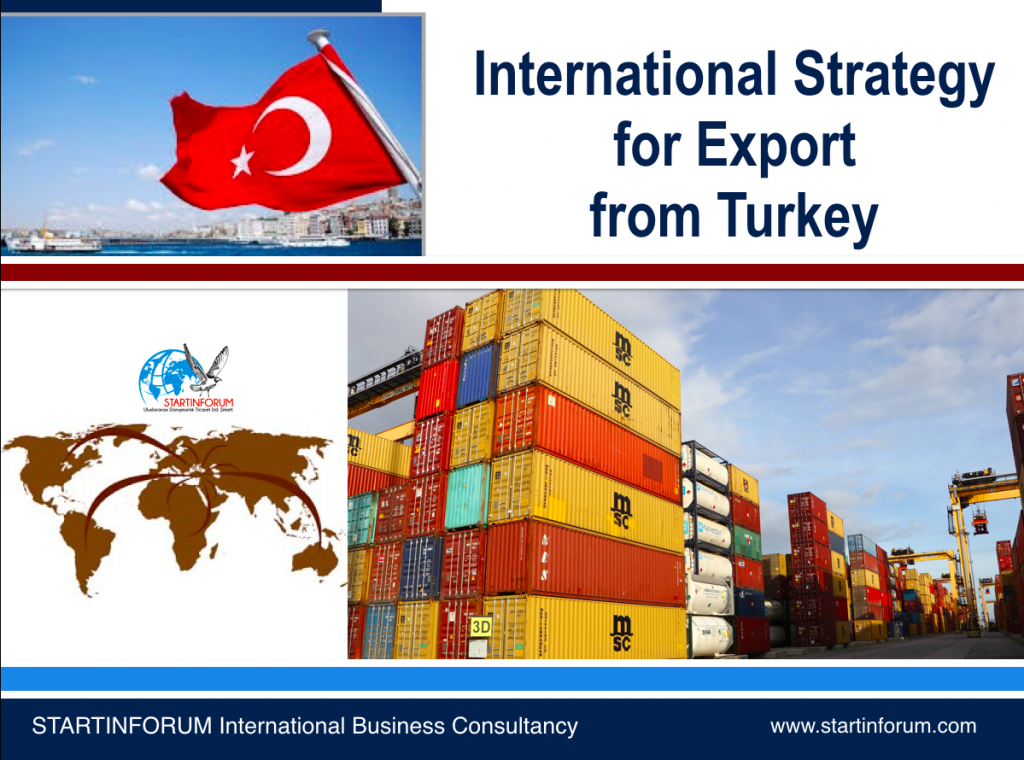
Here’s why:
- Largest and Most Consistent Export Market: Germany has consistently been Turkey’s number one export destination for many years, including in March 2025 and for the January-March 2025 period. This indicates deep-rooted trade relationships, established supply chains, and a reliable demand for Turkish goods. It’s a market where Turkey already has a significant competitive advantage and strong infrastructure in place for exports.
- Stable and Large Economy: Germany boasts Europe’s largest economy, offering a vast and stable market for diverse Turkish products, from automotive and machinery to textiles and food. Even with global economic fluctuations, Germany provides a strong foundation for Turkish exports.
- Strategic Partnership: The trade relationship between Turkey and Germany goes beyond mere transactions; it’s a strategic partnership with strong industrial ties (e.g., German automotive companies relying on Turkish suppliers).
- EU Access: As a member of the EU, exporting to Germany also facilitates indirect access to the broader European Union market due to the Customs Union agreement. While there are ongoing discussions about modernizing this agreement, the existing framework provides significant advantages.
While Turkey is aggressively pursuing new and high-growth markets in Central Asia, Africa, and the Middle East, these efforts are aimed at diversification and long-term growth. However, in the “first place” for immediate and substantial export volume, maintaining and strengthening the existing powerhouse relationship with Germany is paramount.
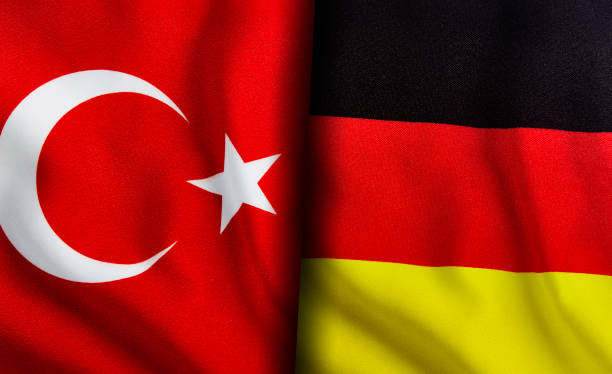
Germany and Turkey are linked by especially wide-ranging and close relations in which the approximately three million people of Turkish descent living in Germany play an important role.
Germany is Turkey’s most important trading partner and one of the country’s biggest foreign investors.
Other Strong Contenders for Targeted Export Growth (But Not “First Place”)
- United States and United Kingdom: These are consistently in Turkey’s top export markets and offer significant potential for growth across various sectors, especially as Turkey seeks to expand its higher-value and defense exports.
- Uzbekistan and Kazakhstan: These Central Asian countries are strategic long-term targets due to their high growth potential, cultural ties, and Turkey’s specific trade volume targets (e.g., $5 billion with Uzbekistan, $10 billion with Kazakhstan). They represent future “first places” as part of a diversification strategy, but Germany holds the current top spot in terms of sheer volume and established trade.
- African and Gulf Countries: These are key for future growth and market diversification, especially for defense, construction, and consumer goods.
In conclusion, for immediate and substantial export focus, the priority should remain on Germany, while simultaneously investing in the promising growth markets for future diversification and long-term gains.
For guidance in Turkish production as well as its marketing in different countries of the world, please feel free to contact us.
